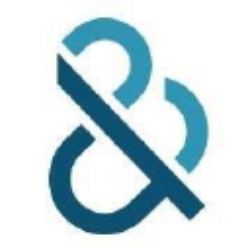
FMP

Dun & Bradstreet Holdings, Inc.
DNB
NYSE
Dun & Bradstreet Holdings, Inc. provides business decisioning data and analytics in North America and internationally. It offers finance and risk solutions, including D&B Finance Analytics, an online application that offers clients real time access to its information, comprehensive monitoring, and portfolio analysis; D&B Direct, an application programming interface (API) that delivers risk and financial data directly into enterprise applications for real-time credit decision making; D&B Small Business, a suite of powerful tools that allows SMBs to monitor and build their business credit file; D&B Enterprise Risk Assessment Manager, a solution for managing and automating credit decisioning and reporting; and InfoTorg, an online SaaS application. The company also provides risk and compliance solutions, such as D&B Supplier Risk Manager that provides insights to help certify, monitor, analyze, and mitigate risk across the supply chain; D&B Onboard to provide comprehensive insights into businesses to facilitate KYC/AML compliance, as well as to minimize financial, legal, and reputational risk exposure; and D&B Beneficial Ownership that offers risk intelligence on ultimate beneficial ownership. It offers sales and marketing solutions, including D&B Connect, a self-service data management platform; D&B Optimizer, an integrated data management solution; D&B Rev.Up ABX, an open and agnostic platform that aligns marketing and sales teams to deliver an optimal and coordinated buying; D&B Hoovers, a sales intelligence solution; D&B Audience Targeting, which helps clients to reach the right audiences with the right messages; D&B Visitor Intelligence that turns web visitors into leads; and D&B Direct, an API-enabled data management solution that delivers valuable customer insights into CRMs, marketing automation, and other marketing applications for on-demand business intelligence. The company was founded in 1841 and is headquartered in Jacksonville, Florida.
10.81 USD
0.28 (2.59%)
